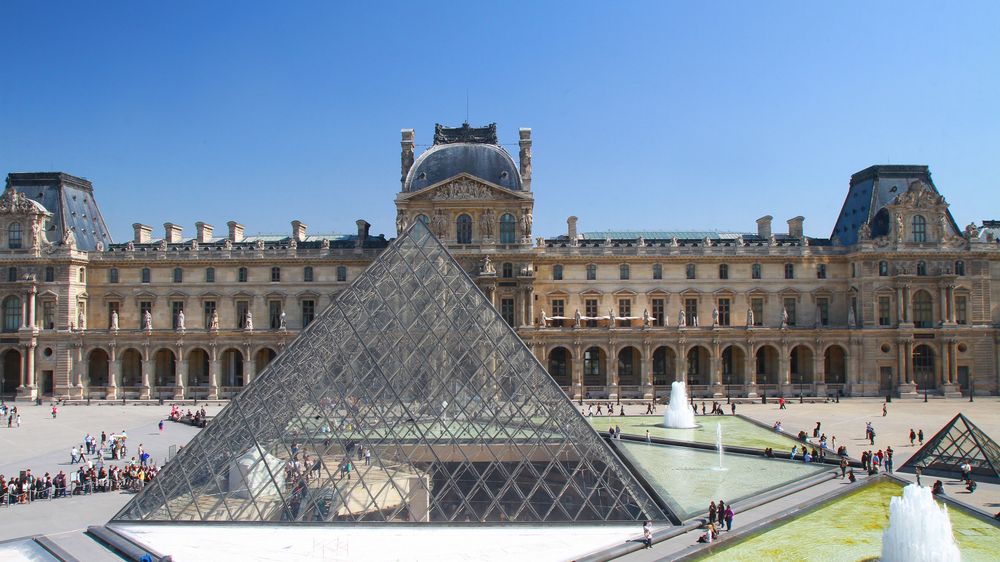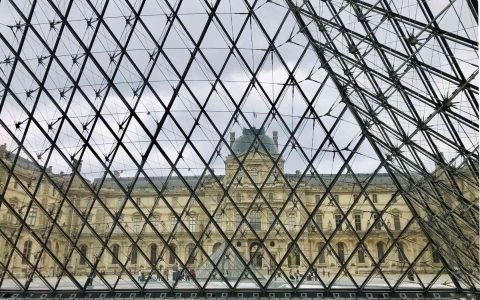The Louvre facade, prominently featuring I.M. Pei's glass pyramid, stands as a landmark where historical and contemporary designs converge, creating a unique architectural dialogue.
Key Design Elements
The facade integrates structures from multiple eras:
- Glass Pyramid (1989): A modern entrance of glass and steel, designed by I.M. Pei, measures 21.6 meters high with 673 diamond-shaped panes for transparency.
- Classical Wings: Original sections like the Cour Carrée showcase Renaissance and Baroque styles, with ornate stonework and symmetrical layouts.
- Underground Complex: The pyramid's base connects to subterranean halls, distributing light and movement.
What Makes It Unique
This fusion creates distinctiveness:

- Historical Contrast: Combining ancient limestone with minimalist glass symbolizes preservation and innovation.
- Functional Innovation: The pyramid's geometry harnesses natural light for the Louvre Palace below, reducing artificial lighting needs.
- Cultural Impact: Initially controversial, it redefined museum entrances, enhancing accessibility while honoring Paris's heritage.
Essential Facts
Must-know details include:
- The pyramid withstands wind loads through a light steel frame.
- Its orientation aligns with the Tuileries Garden, optimizing urban flow.
- Restoration efforts maintain original elements, using traditional techniques.
Overall, this design balances aesthetics with utility, cementing its status as a global icon.






